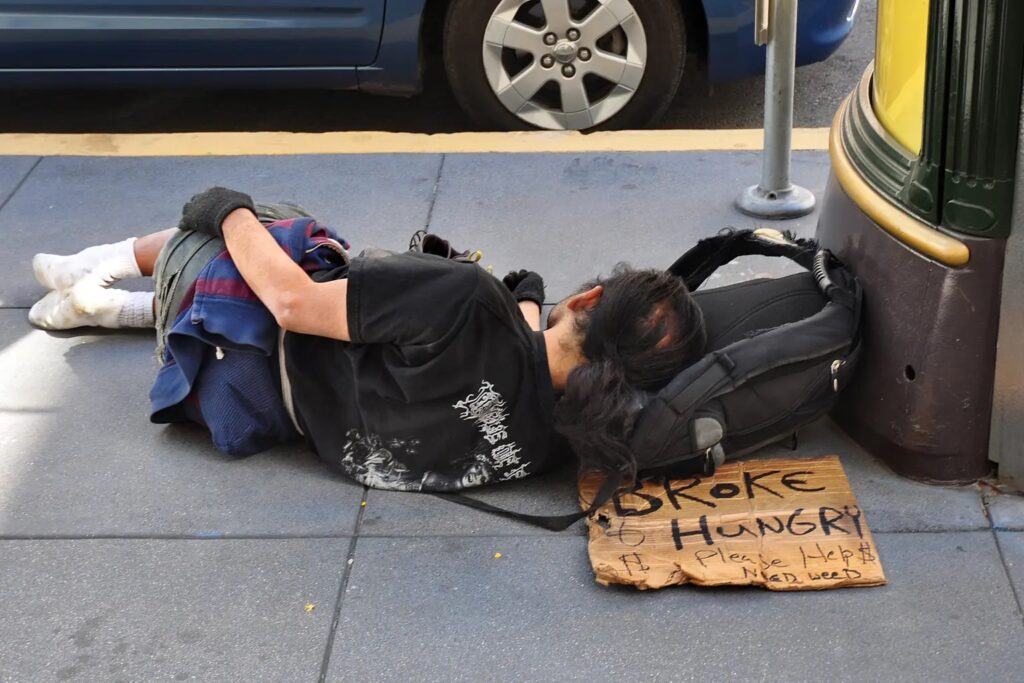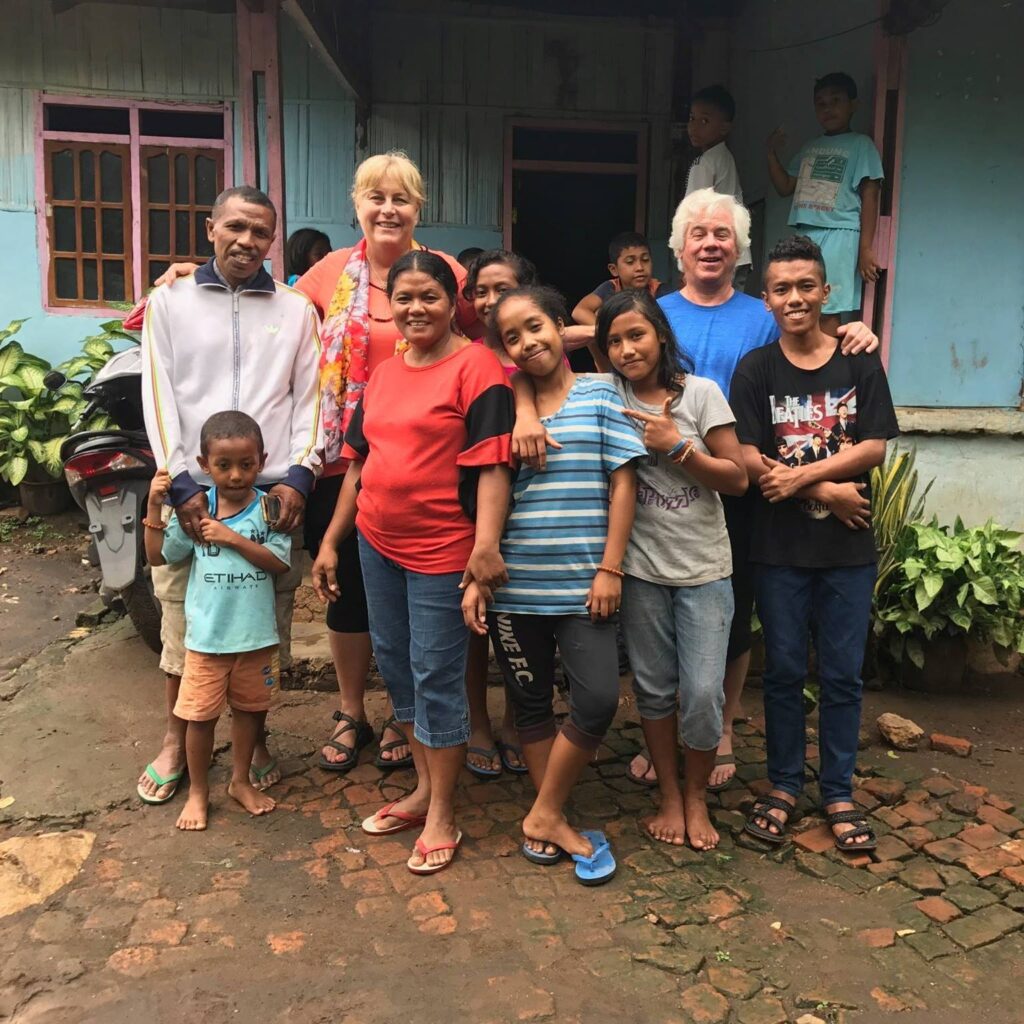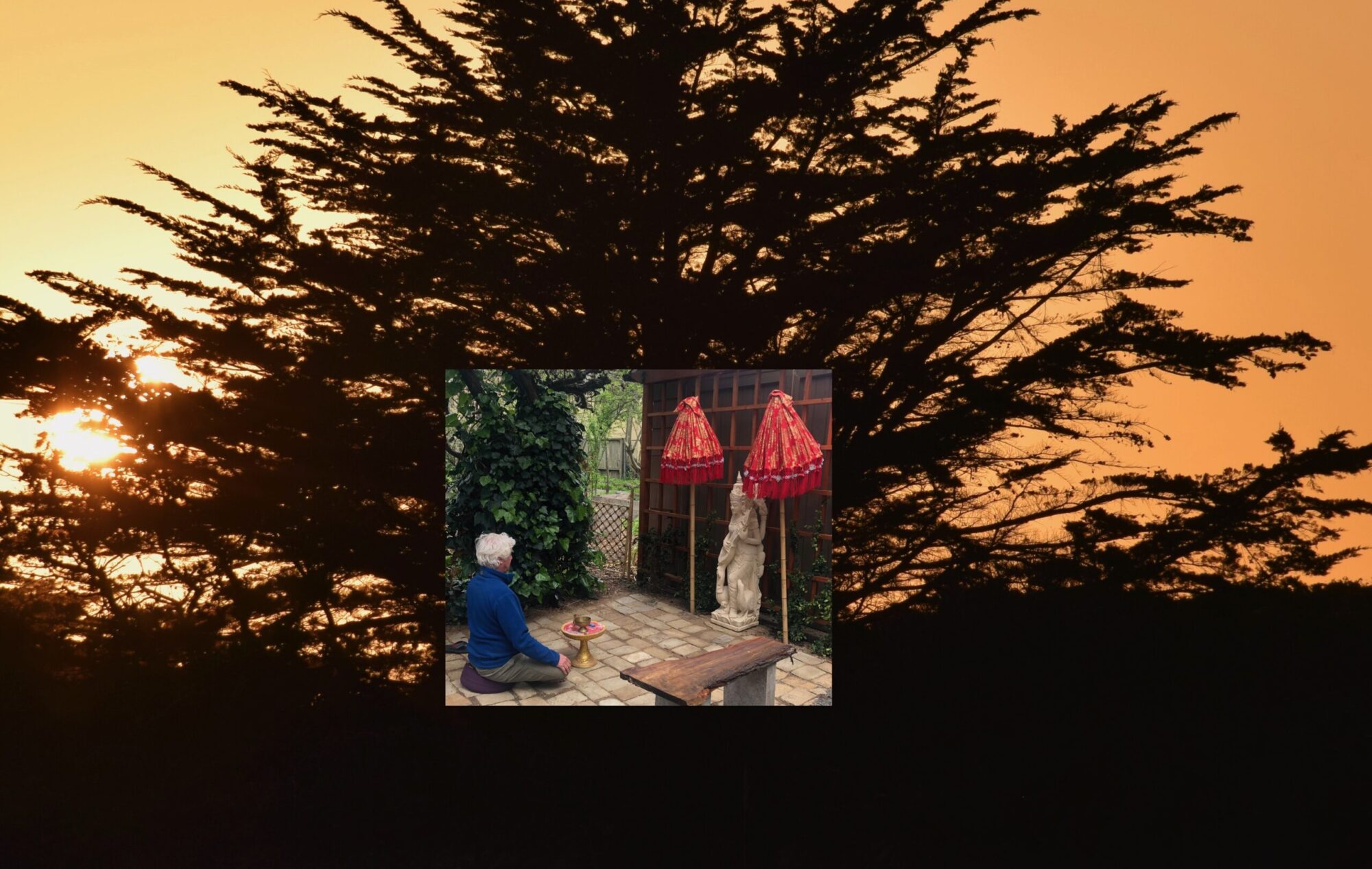
My friend Ayu is a bright, young Balinese woman who works for the Bank of Indonesia. Last year, she took a business trip to Washington DC, Philadelphia, New York and Boston. Her Facebook posts about these places were positive and showed off our country’s famous landmarks.
But over dinner the other night, she asked a difficult question: “Pak Dave, why are so many people living on the streets in America?”
I struggled to find an answer. I told her the problem just isn’t in those cities, but nationwide especially in California where I live, and in my town of Berkeley. “But what is happening Pak Dave?” Ayu quizzed. “I thought America is the richest country in the world. Why are these people on the street, and why are they hungry and very dirty?”
A little background…The view from a Balinese person’s perspective is that all Americans are indeed wealthy, even the budget travelers. How else could they afford to fly across the world to this beautiful island, live in hotels and eat at restaurants. Traveling is a luxury that only the well-off can afford in Indonesia, although that’s beginning to change some as it develops a middle class. Ayu wasn’t trying to dump on the USA. She was honestly trying to understand the disconnect between her perception of America and the reality she observed.

I gave it a shot. “Well, housing is very expensive in my country, and the people who cannot afford it must live on the streets. Some cities and states provide temporary shelters for these folks, but there’s just not enough room for everyone.” Ayu shook her in response, but I could tell she didn’t get it. I tried again. “Also, some of these folks are mentally ill or are alcoholics and drug addicts, and they don’t know how to access services or don’t want them.” That seemed lame the moment I said it.
“Honestly Ayu, I really don’t know why this is happening, and I’m embarrassed I don’t know. I walk past a dozen or more homeless people every day in Berkeley. I give money to some of them, steer clear of those who are raving, and just feel bad when I see two older women packing up their tent every morning, so they won’t be harassed by the police. I’ve never researched the causes of why people are homeless, and why our governments can’t solve the problem.”
Ayu took pity on me and changed the subject. But I could not forget her simple question. Why are there so many homeless people in the richest country in the world?
In the weeks that followed in Bali and on trips to see friends on the islands of Flores and Lombok, I looked for homeless people and pestered my friends with questions of how they deal with poor people who don’t have homes. The truth is I never actually saw any homeless people on any of these three islands although there were plenty of poor people living in very humble places. Also, there are nearly an estimated three million people living in Jakarta. My Balinese friend Putu explained that in Bali the family takes care of its own, finding food and shelter for all, including those with mental illness. Backing up the family, is the banjar which is a traditional Balinese neighborhood organization that rallies the community for funerals, weddings and other key ceremonies. It also keeps track of every member, and notes who needs help including food, health care, housing… you name it. One of Putu’s jobs is to maintain a database of every member, noting who might need extra help. The banjar makes sure no one falls through the cracks. There are a lot of banjar rules and regulations to follow, and like any small group everyone knows everyone else’s business. The final layer of help is the government at the village, region and provincial levels who allocate funds and services for people that the banjar identifies as needing them. This four-layered support system works. Even during the COVID crisis when Bali’s economy tanked, no one went hungry or unhoused.

A similar system exists further east on the island of Flores, which is a primarily Catholic population compared to Bali’s mainly Hindu population. Our friend Martina and her husband Jek both come from very poor families, but they have managed to take care not only of their four kids, but also dozens of nieces, nephews, cousins and others over the years. They cook on a wood fire, but no one goes hungry or without someplace to sleep even if it’s on the floor with a blanket. Backing up the family in their Maumere community is a uniquely Indonesia institution known as the Rukun Tetangga (RT). The RT in Maumere includes about 30-50 households and its function is like Bali’s banjar system. A Chair and Vice Chair lead the RT, and members take on various roles including identifying people that need services and resolving neighborhood conflicts. The government provides additional services as identified through the RT. The system is nationwide in each of Indonesia’s 13,000 inhabited islands.
I don’t want to be too gushy about all this. I’m sure there are plenty of places in Indonesia where the system is a mess especially in Jakarta where there are large ghettos with high-rise buildings next door. But for the most part even in the poorest villages, people have something to eat, can access health care and have some kind of shelter even though it may be a tin roof shanty.
One of the key takeaways is that at least in Bali, Lombok and Flores people are seen. Someone knows who they are and their family story. There is not the same level of isolation and alienation that we have in America. And there appears to be a system in place that identifies those in need and provides services even if they are meager compared to what we have.
Not long after my trip to Indonesia, we were having dinner with a new friend in New York City. I was describing Indonesia’s support system. Initially, she was impressed as I was, but after thinking about it a moment she said that the banjar system seemed a little too intrusive for her with everyone in the neighborhood knowing your stuff, not to mention all those social rules to follow. She preferred a little more independence, and I could see her point.
I cherish freedom and independence too, and life in the banjar might be a little too restrictive. But maybe we need to stretch our comfort zones. Sure, we need to take care of family first, but perhaps we need to learn from our southeast Asian friends that a more systematic approach to community that sees all of our neighbors, most importantly those in need, might help avoid people falling through the cracks. It might be a start to solve our homeless problem and also the isolation, loneliness and alienation that so many Americans suffer from. I wonder how Ayu would suggest we get started.
